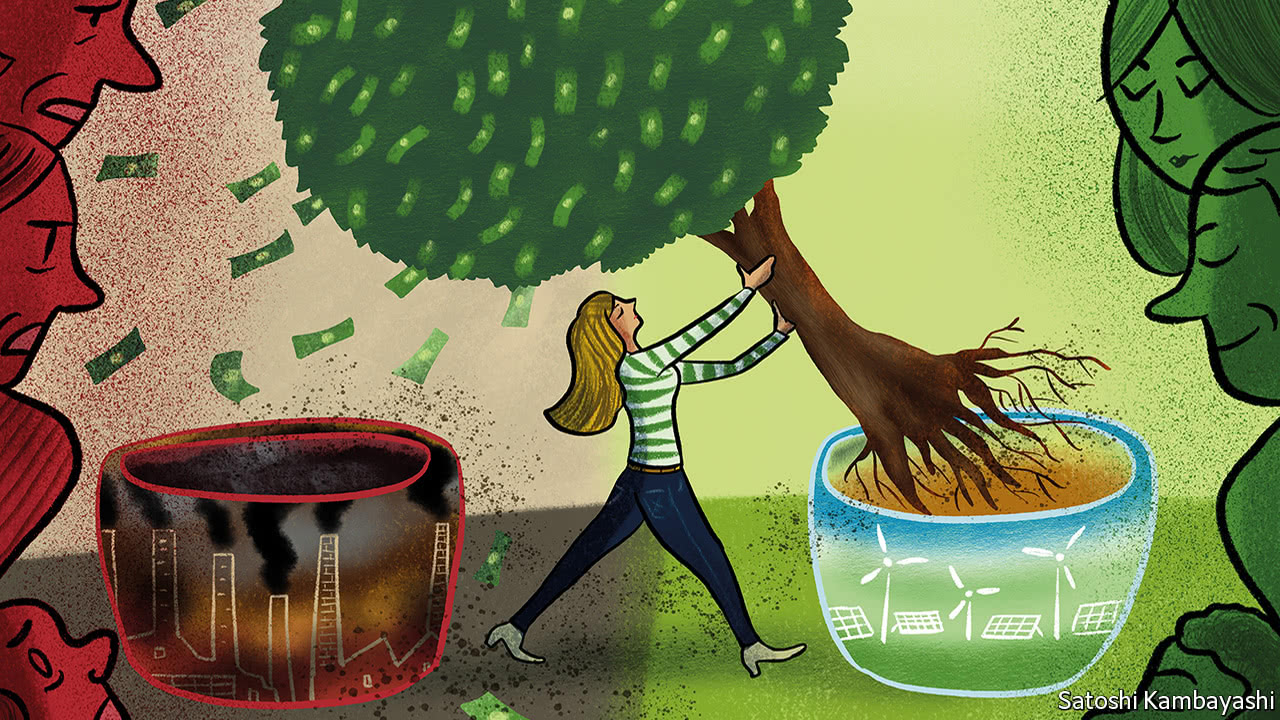Another example of why capitalism is not capable of dealing with the Climate Catastrophe, nor offer any real solutions.
David Barmes is carrying out Positive Money’s latest research on Escaping Growth Dependency
Cross-posted from Positive Money

Green finance is growing fast, as private financial services firms are “capturing the opportunity” that going ‘green’ presents. But is this something to celebrate? Not necessarily.
Part of the drive to grow green finance has taken the form of broadening the variety of questionable financial instruments on offer. The green synthetic asset-backed security, for example, does not even pretend to have an underlying pool of green assets. Rather, the risk associated with the bundled up assets is shifted to another institution, freeing up regulatory capital for the issuer. The proceeds from this deal are then ‘earmarked’ for green investment (which, ultimately, may not be very green at all).
Without a sudden equivalent increase of green projects in the real economy, rapid growth of green finance is likely to suggest one or both of the following:
1) Projects and assets that are hardly green are being financed using the green label – greenwashing is thriving;
2) a green bubble is being inflated, as warned by the Dutch Central bank.
In order to address greenwashing concerns, the technical expert group (TEG) on sustainable finance was formed last year. In June, TEG published its technical report on EU taxonomy for sustainable activities. This document is meant to guide financial services firms on what activities, projects, and assets should be considered as ‘sustainable’ or ‘green’ in investment portfolios.
While some TEG members no doubt fought for a stringent and cogent standard, the result so far is a problematic and confusing document. For example, as it stands, the taxonomy seems to allow for green labels to be used for the financing of intensive and landless livestock production that meets certain mitigation criteria, such as “reduced emissions from ongoing land and animal management”. In other words, projects that lead to marginal efficiency improvements in otherwise highly environmentally damaging activities, such as factory farming, can qualify as ‘green’.
The taxonomy’s inclusion of these kinds of carbon-intensive industries is defended based on their short-term emissions reduction potential associated with efficiency gains. However, not only does their inclusion justify the very existence of environmentally damaging companies and activities, it fails to account for the rebound effect in production, through which efficiency gains often translate to increased output and ultimately little to no reduction in total emissions.
Another quite astonishing example of the problematic nature of this taxonomy is its failure to state that aviation is simply not green, and that the industry’s current expansion is not reconcilable with emissions reduction targets. This is particularly surprising given the document’s emphasis on avoiding activities that result in “lock-in to carbon intensive assets of processes”, of which aviation expansion is a perfect example. This suggests a lack of ecological literacy and/or honesty.
Lastly, while the taxonomy was mandated to take into account the scale of economic activity, it explicitly states that “no re-prioritisation [of activities] was made based on the scale of the economic activity”. This is another fundamental drawback. For example, while the potential necessity for a “modal shift” in the transport sector is acknowledged, a “low-carbon car fleet” is provided as an example of “activities that contribute to a transition to a zero net emissions economy in 2050”. While some electric vehicles on the road may be desirable, the taxonomy fails to address that massively scaling up the stock of electric cars to meet anywhere near current levels of car ownership would have significant ecological repercussions.
Reactions to the taxonomy provide some insight into how prevalent greenwashing has become in green finance. Even before the report was published, expectations of more stringent standards led to a so-called “greenwashing purge” in the EU, resulting in ‘sustainable’ funds losing market share. And following the document’s publication, there have still been complaints that the taxonomy is “extremely stringent” and therefore not sufficiently “usable” for investors. In other words, the taxonomy doesn’t allow for sufficient abuse of the green label in the interest of profit.
Ultimately, green finance thus far seems to be, for the most part, a servant of the mythical green/clean growth, justified primarily by great financial opportunities. Private green finance does have a role to play, but a much improved and far more stringent approach to the meaning of ‘green’ will be necessary to foster investment that is in line with a zero-carbon economy.


Be the first to comment